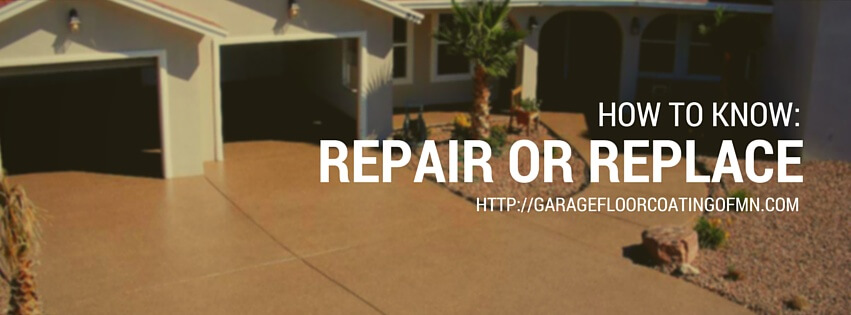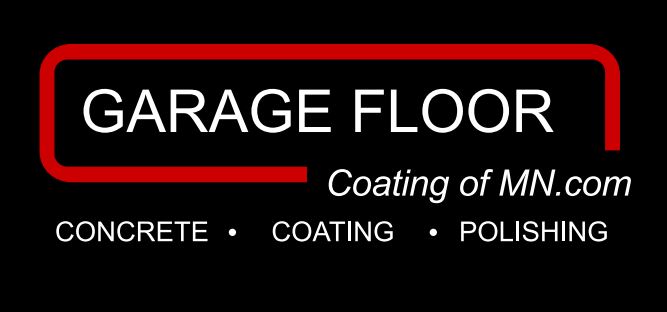When to Repair and When to Replace Your Concrete Surface

When you look at your concrete floor, do you see cracks, chipping, or pieces missing? If you haven’t sealed your concrete, these deficiencies are more likely to be present. The time has come to do something about your concrete, but do you patch and repair it, or do you replace it entirely?
Before you answer the big question, you need to answer some smaller questions first.
- How old is your existing concrete? While concrete is much more resilient than other surfaces, it still has an “expiration” date. If your surface is facing 20-25 years of use, it is probably time to replace the concrete. Exterior concrete faces more elements than interior, so adjust your concrete age accordingly.
- How impeding is the crack? Small surface cracks can usually be resolved with small patchwork. However, if the crack is long and affects the sub grade, replacement is your best option. The crack will let in water and as the water freezes and melts, it will further deteriorate the foundation of your concrete. If the crack is on your driveway and is less than .25” wide, you can probably just use liquid crack filler.
- Is your concrete a foundation for a different kind of flooring? If you are installing hardwood or tiled floor on top of your concrete, the surface must be level. Products exist that can help level floors up to 1.5”, but they won’t necessarily repair more structural issues.
- Is your concrete slab sinking? Pathways and driveways are often installed in large slabs. If you notice one is sinking, the sub grade was probably not installed properly. You won’t have to replace all the concrete, but that slab needs to be replaced.
While repairing might be cheaper than replacing in the short term, you will end up spending more in the long term by continuing to patch your floor. Maintaining the integrity of your concrete will make for a safer surface, and a new, quality seal will ensure these problems to resurface with your new flooring.




